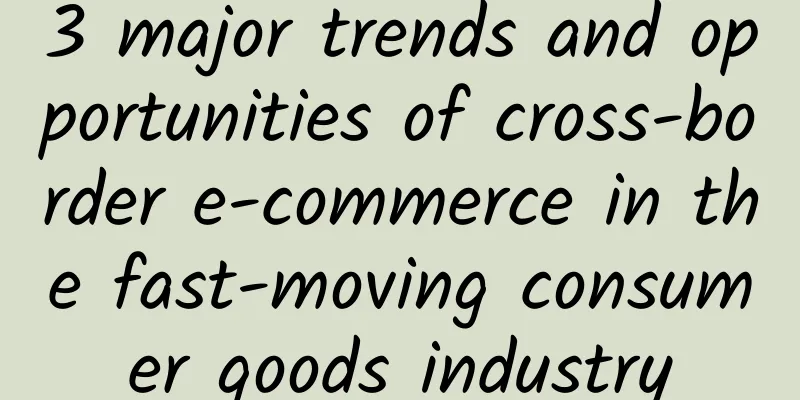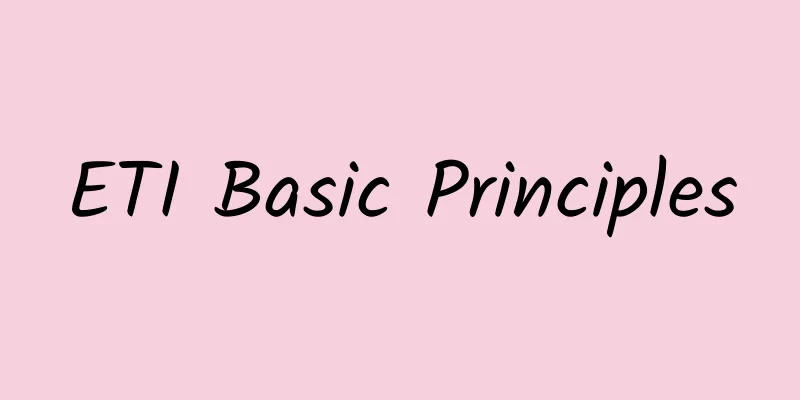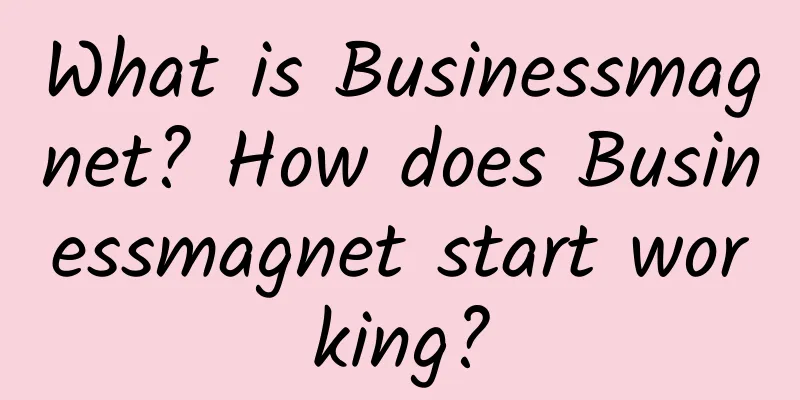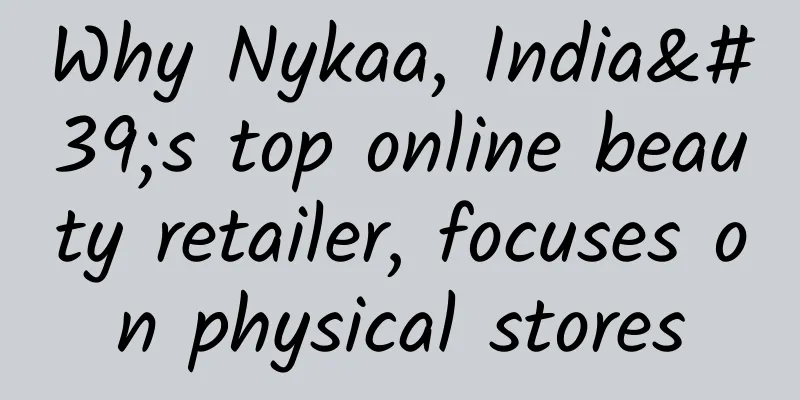3 major trends and opportunities of cross-border e-commerce in the fast-moving consumer goods industry

|
Foreign media reported that last year, online sales accounted for 90% of the growth in the CPG (fast-moving consumer goods) industry, which is enough to highlight its importance in the fast-moving consumer goods industry. In order to keep up with the trend of the times, fast-moving consumer goods giants have been constantly adapting to changes in consumer shopping habits, and they are also constantly occupying a share of the $60 billion market. Brands like Dollar Shave Club, whose online sales doubled that of Gillette in just three years, have been breaking out of the traditional FMCG growth model. Here are some of the major trends and changes that will continue to transform the FMCG industry in 2018 and beyond. 1. Consumers are buying more groceries and CPG products online than ever before According to the Food Marketing Institute, 49% of U.S. consumers purchase consumer packaged goods online, a significant increase from just a few years ago. According to research data, online grocery sales will account for 20% of all grocery sales and may become a billion-dollar market by 2025. Of the many market models, the online model—or more accurately, the online plus offline model—has the potential to provide better services to shoppers, for example in terms of price, convenience, and selection. Peter Freedman, managing director of the Consumer Goods Forum, said: “The level of competition in today’s market is providing shoppers with great deals, such as two-hour lead times and free delivery. 2. Amazon and e-commerce put a lot of pressure on supermarket giants Amazon’s acquisition of Whole Foods last year was a sign that the e-commerce wave had arrived and had entered what some see as the grocery delivery phase. Amazon Fresh, which now offers same-day delivery in a growing number of cities, has become Amazon’s fastest-growing program this year, with sales soaring 40%. Another survey by Coresight Research found that 59.5% of U.S. internet users purchased groceries from Amazon in the last year. The growth of Amazon Fresh and Amazon Pantry categories has forced grocery giants Walmart and Target to accelerate their own moves to open their grocery store aisles to online shoppers. Walmart plans to expand grocery delivery to more than 800 stores by the end of the year, while Target is piloting a same-day delivery program at select locations. 3. Future trends of omni-channel The underlying omnichannel trend, which leverages online and offline channels to better serve shoppers, has been around for years. Alibaba, for example, founded Hema in 2015. Smaller brands will also need to improve their sales methods by forming partnerships with large chains and improving their sales methods both online and in-store. Some brands that started in e-commerce, like Honest Company, have found success through distribution partnerships with major retailers like Walmart and Target. Dream Water is another direct-to-consumer success story, with its products now available at Walmart, CVS, and Walgreens. “Adopting an omnichannel strategy may sound tempting, but it’s difficult for many companies to do so,” Freedman said. |
Recommend
The suitability and adequacy of the establishment of critical control points for HACCP certification
What is a critical control point (hereinafter ref...
eBay sellers please note! You can no longer modify GTC listings after closing your store
Some sellers are claiming they will be closing th...
ORC—Origin Surcharge Origin Receipt Fee
ORC, the abbreviation of Origin Received Charges,...
Implementation of BSCI Social Responsibility German Industry Standards
1. Implementation steps of social responsibility ...
Ann Taylor factory inspection documents and contents
Ann Taylor factory inspection documents and conte...
Key points from interviews with Tesco employees on human rights audits
What are the key points of the Tesco human rights...
What are the major categories of ISO9000 quality management system applications?
1. Agriculture and fisheries 2. Mining and quarry...
What are the differences between eBay and Amazon? (Part 1)
As an eBay seller, have you been thinking about s...
MarketPlaceAFRICA--African handicraft sales platform
MarketPlaceAFRICA.com is a global platform for Af...
Coupons--Powerful Amazon Coupons
What are Coupons? Coupons is a new feature launch...
What is Amazon Stores Insights? Where does the traffic to Amazon Stores Insights come from?
What is Amazon Stores Insights? The traffic of Am...
High-frequency operation problems for eBay novice sellers
How much does eBay take from the sales price? Our...
Timberland factory inspection violation examples
Timberland factory inspection violation examples 1...
What is the IPPC mark? Why should we apply the IPPC mark?
What is the IPPC mark? The IPPC logo is the inter...
eBay supports overseas warehouses, sellers receive "special protection" after use
Recently, the cross-border e-commerce platform eB...









